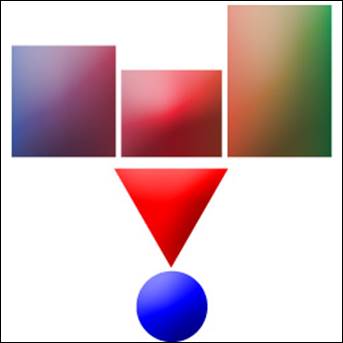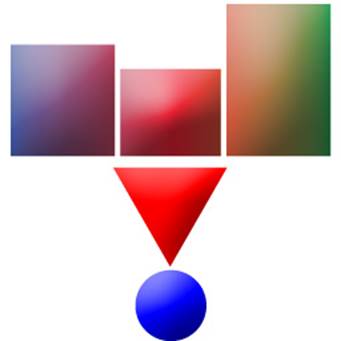Description

Probe for EPMA Xtreme Edition is a complete acquisition, automation and analysis package for WDS (wavelength dispersive spectrometry) EPMA (Electron Probe Micro-Analysis) running under the Windows OS on the Intel CPU platform. Probe for EPMA can acquire, automate and analyze x-ray intensities on JEOL 8800/8900/8100/8200/8500/8230 and 8530 and Cameca SX100/SXFive microprobes with WDS/EDS spectrometers.
One can also run Probe for EPMA on the Mac OS using the Parallels virtual machine on a compatible Mac computer or laptop.
The Xtreme Edition includes all the function and features of the original Probe for EPMA and many new additional features and enhancements including support for integrated imaging, analysis of beta lines, duplicate quantitative elements and support for analysis of elements up to atomic number 100.
Probe for EPMA Xtreme can also be run off-line to simply re-process previously acquired x-ray intensity data. Because Probe for EPMA stores all standard, unknown and wavescan sample data and retains all experimental conditions in a single Microsoft Access relational database file (Access MDB file), it is extremely simple to transfer Probe for EPMA Xtreme intensity data to another computer for off-line reprocessing with another copy of Probe for EPMA Xtreme running in "demonstration" mode.
Probe for EPMA is written primarily in Visual Basic 6.0 (Professional) and utilizes several external DLLs (Dynamic Link Libraries) for data access, automation and graphics written in C++ v. 9.0.
This Reference Manual is essentially a description of what each software dialog item or menu does and should be used in conjunction with the Getting Started Manual and Advanced Topics Manual written by Dan Kremser and Dave Adams which describes how to perform specific operations with the software.
This user's guide and reference manual was written by John J. Donovan and edited by John Fournelle, Dan Kremser and Karsten Goemann.
In addition, many suggestions, features and capabilities have been provided by all users of Probe for EPMA but I would like to especially thank Paul Carpenter for his tireless testing and many helpful discussions.
I thank everyone for the enormous contribution of time and energy they have devoted to this software project.